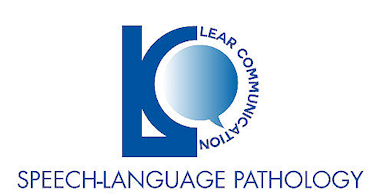(This Blog was written by Jaylene Martinow, CDA)
There are many reasons why I love my job as a Communicative Disorders Assistant (CDA). I was reminded again of the importance and power of connecting with other people through communication, when working recently with a newer client of mine.
I have been working with a lovely woman who has Aphasia as a result of a stroke. With Aphasia, an individual can experience many communication issues related to verbal expression such as word finding difficulties or paraphasias (i.e. getting words or the sounds in a word jumbled up), among other difficulties. My client lives in a retirement home and is a woman who was active in her social life and was quite accustomed to technology before her stroke. She stayed up to date with all of her children and grandchildren as much as she could. Since the stroke, this has been a challenge for her.
After a supportive and loving family member contacted Lear Communication and asked about the possibility of technology that could support this woman’s communication, an iPad (augmentative and alternative communicative device) was in place before long. Some training was required so that the iPad could be effectively used and with the help of this loving family, I was able to create a Facebook account and encourage friends and family to ‘add’ this client as a friend before our next session together. By the time we looked at her account together for the first time, she had close to 20 invites with personal messages from family and friends welcoming her to Facebook! As she looked at each one, we all stood back and watched as her walls of separation came crumbling down. Her joy was truly contagious!
![]()
“The opportunities for infinite possibility exist no matter what age we are.” – Marianne Williamson
There are over 100,000 Canadians living with aphasia today. One in three stroke survivors are diagnosed with aphasia. (Dickey, L., Kagan, A., Lindsay, M. P., Fang, J., Rowland, A., & Black, S. (2010). Incidence and profile of inpatient stroke-induced aphasia in Ontario, Canada. Archives of physical medicine and rehabilitation, 91(2), 196-202.).
